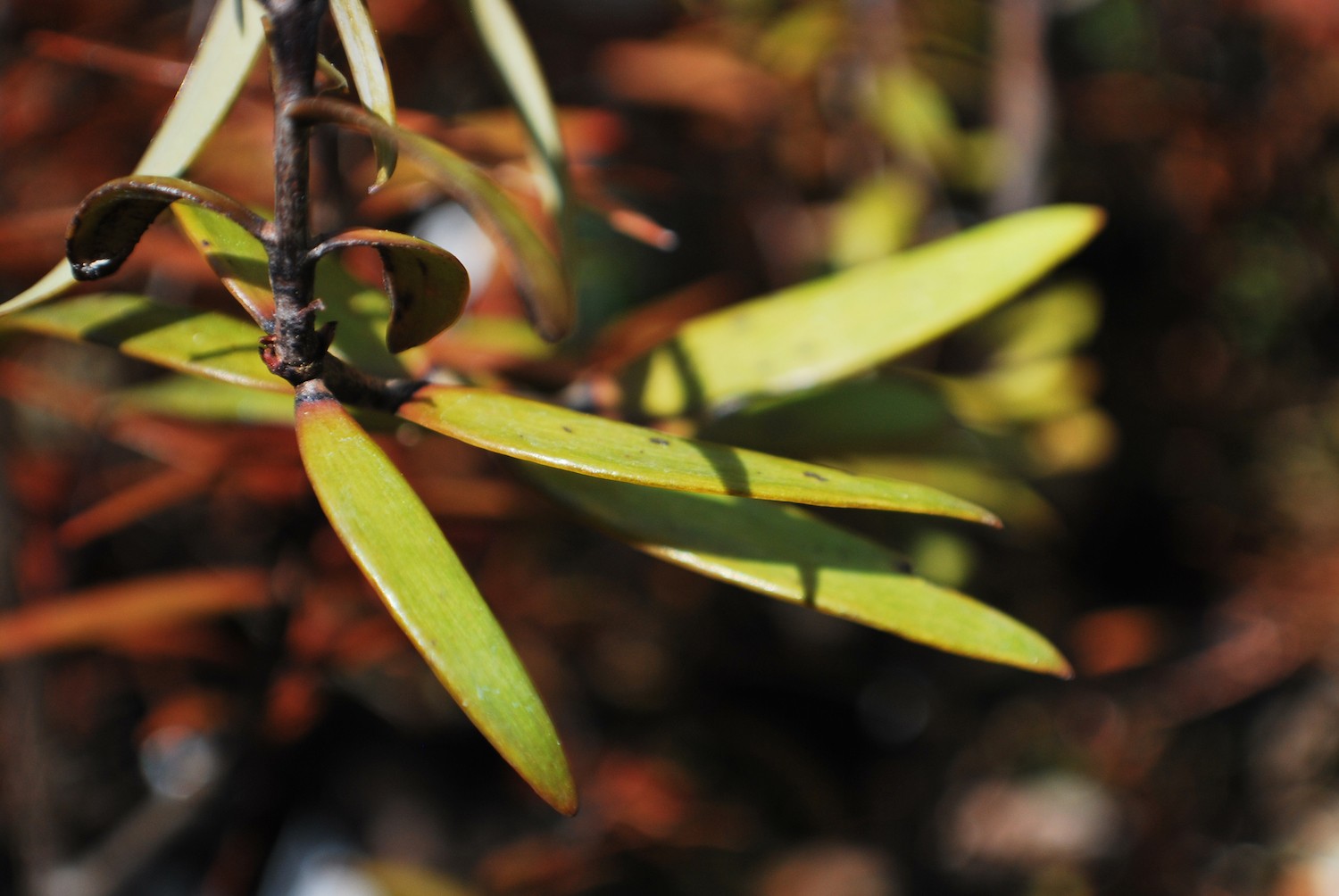Overview of Kauri Dieback and resources
Phytopthora agathidicida : Kauri Dieback
Kauri dieback is caused by the microscopic soil-born pathogen Phytophthora agathidicida, which enters the trees system through the roots. This affects and rots the roots so the trees can’t take up and distribute water and nutrients, causing the ‘dieback’ effect that is the main visible symptom of the disease. Infected trees inevitably die, and with the pathogen able to live dormant for long periods in soil the current threat of kauri dieback alongside substantial clearances has resulted in kauri being classified as a threatened species

Kauri dieback is caused by the microscopic soil-born pathogen Phytophthora agathidicida, which enters the trees system through the roots. This affects and rots the roots so the trees can’t take up and distribute water and nutrients, causing the ‘dieback’ effect that is the main visible symptom of the disease. Infected trees inevitably die, and with the pathogen able to live dormant for long periods in soil the current threat of kauri dieback alongside substantial clearances has resulted in kauri being classified as a threatened species
Already well established by the time it was formally identified (2008), kauri dieback is now a serious issue in most of the major kauri containing forest remnants, particularly noticeable in Waipoua, Trounson, Auckland and Great Barrier. The severity of the threat to a species that is both biologically and culturally significant is not to be underestimated.
The effect on the environment of the loss of kauri is potentially catastrophic. The scale to which the Kauri tree can grow, along with its accumulation of a particularly deep leaf litter gives them the potential to be one of the largest absorbers of carbon of any tree in the world. An ancient species, their distinct characteristics affect the forest environment around them in a way that has evolved a unique ecosystem, in which many plants and other organisms, including severely threatened species such short-tail bats, rely on kauri for their existence.
Intensive milling and forest destruction throughout the late 1800s and clearances “death by a 1000 cuts” from the 1920s to more recent practices, for timber and to clear land for farming and gum-digging (resin and gum-digging was banned in the 1950s because of harm to the trees), decimated the originally rich forest cover of Northern New Zealand. This taonga once grew from the mountains to the sea (kauri ki uta, kauri ki tai) covering over one million hectares. Today approximately 7,455 hectares remain in scattered highly vulnerable fragments. (http://www.teara.govt.nz/en/kauri-forest/page-1)
The consequences of not addressing this problem will be the loss of these last great forests, their rich and unique biodiversity, and one of the key trees to ‘breathe’ life into the people of Aotearoa.
Tiakina Kauri | Kauri Protection programme
Manaaki Whenua / Landcare Research
Rangahau Ahumāra Kai | Plant & Food New Zealand
DOC
Auckland
Northland
Bay of Plently
Waikato
Thames Coromandel